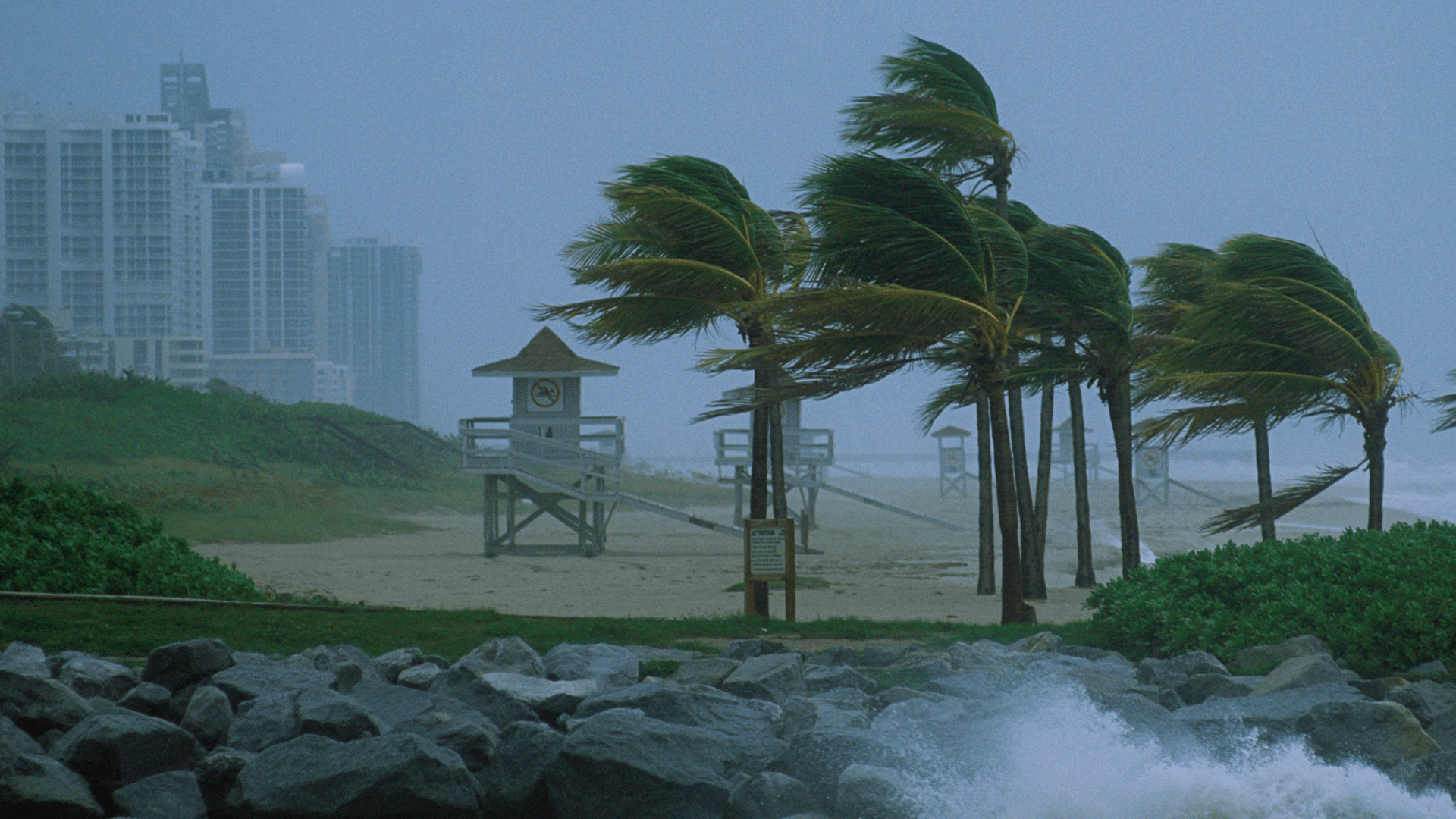Hurricane Idalia struck Florida’s Gulf Coast with intense wind and rain, causing an estimated $9.4 billion in insured losses. [1] Big storms have an impact far beyond their initial landfall, and homeowners may have to face higher insurance premiums in the years to come, especially in areas where more hurricanes are more common.
Expect higher premiums
“Policyholders whose homes are in these increasingly risky areas can reasonably expect their rates to rise over the coming years,” says W. Ben McCartney, an assistant professor at the University of Virginia’s McIntire School of Commerce.
When setting insurance premiums after a costly storm or wildfire, insurance companies not only have to account for their losses, but they also have to factor in how likely they are to face future losses. As climate change increases the odds of extreme weather, policyholders may have to brace for higher costs, McCartney says.
That’s not welcome news in Florida, which is already in the midst of a home insurance crisis, with many insurance companies opting to limit coverage or leave the state altogether. Premiums there are the highest in the country, and are rising faster than in any other state according to the Policygenius Home Insurance Pricing Report.
Can the government help?
Florida lawmakers have increased financial assistance and passed new laws to protect insurance companies from frivolous lawsuits. [2] McCartney says policymakers can help homeowners directly by subsidizing their insurance, giving them relocation assistance, or helping them improve the structural integrity of their homes.
The government can also find ways to reduce damage from future storms.
“Governments can do this by, for instance, correctly managing floodplains, having infrastructure to give residents advance notice of impending storms, and helping coordinate recovery efforts,” McCartney says.
How climate change will affect hurricane risk
Hurricane Idalia was likely strengthened by the warm waters surrounding the coast of Florida, says Venkataraman Lakshmi, professor of engineering at the University of Virginia. Water temperatures off the tip of Florida reached over 100 degrees during the summer. [3]
“Very warm water increases the strength of a storm because evaporation from the ocean’s surface into the hurricane system increases the strength of the hurricane,” Lakshmi says. “Evaporating water is fuel for the hurricane.”
As climate change causes ocean water temperatures to rise, there will be even more fuel on hand for powerful storms. Climate change will cause an increase in more extreme weather in general — not just hurricanes, but also droughts and wildfires.
“Climate change should be looked upon as something that increases the magnitude and frequency of these extreme events,” Lakshmi says.
But human behavior is also increasing the impact of extreme weather, as more people decide to live in risky areas like Florida. [4] Hurricane Idalia was powerful — reaching max wind speeds of 125 mph — but it made landfall in a less populated area, limiting the amount of damage it could have caused. While stronger than Idalia, 2022’s Hurricane Ian caused exponentially more death and destruction because it struck highly populated areas. [5] Florida is the country’s fastest-growing state. [6] The combination of more intense storms and the influx of people living in the most high-risk areas may have dangerous and costly consequences in the future.
Image: Warren Faidley / Getty

